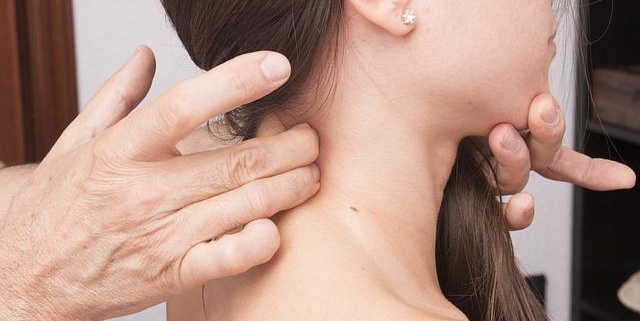
Cervical Radiculopathy
Overview of Cervical Radiculopathy
Cervical radiculopathy, often referred to as a pinched nerve, is a condition resulting from damage or disturbance of nerve function due to compression of the nerve roots near the cervical vertebrae. This condition affects a significant number of adults and can lead to pain, discomfort, and loss of sensation in various areas of the body.
Types of Cervical Radiculopathy
Cervical radiculopathy is generally classified based on the cause of the nerve root compression. There are two major types:
1. Disc herniation-induced radiculopathy: This occurs when the gel-like material inside the spinal disc leaks out and compresses the nearby nerve root.
2. Spinal stenosis-induced radiculopathy: Here, nerve compression happens due to the narrowing of the passage way of the spinal nerves.
Causes of Cervical Radiculopathy
The compression of nerve roots that leads to cervical radiculopathy can arise from various causes, including:
– Disc herniation: This is when the outer layer of the spinal discs tear, allowing the inner portion to protrude and exert pressure on the nerve root.
– Aging: With age, the spinal discs can lose their flexibility and elasticity, making them more prone to tearing or rupture.
– Osteoarthritis: This can cause bone spurs (overgrowths) that can press against nerve roots.
Symptoms of Cervical Radiculopathy
The symptoms of cervical radiculopathy often vary depending on which nerves are affected. Common signs and symptoms include:
- Neck pain
– Pain that spreads into the chest, shoulders, or arms
– Tingling and numbness in the arms
– Weakness in the arms, hands, or shoulders
Less common symptoms could include:
– Lack of coordination, especially in the hands
– Loss of balance or difficulty walking
Diagnosis of Cervical Radiculopathy
The diagnosis process for cervical radiculopathy often involves a detailed medical history review and physical examination. In addition, the following tests may be conducted:
– Magnetic Resonance Imaging (MRI): This imaging test can provide clear images of the neck’s soft tissues and help reveal if the nerves are being compressed.
– Nerve Conduction Study: This measures how well and how fast the nerves can send electrical signals.
Treatment Options for Cervical Radiculopathy
The treatment for cervical radiculopathy aims at relieving symptoms and restoring normal function in the affected areas. Management options include:
– Conservative Treatment: This includes physical therapy, medication to reduce pain and inflammation, and cervical collars.
– Surgical Treatment: If conservative treatments do not alleviate symptoms or if neurological symptoms worsen, surgery may be recommended.
Living with Cervical Radiculopathy
While dealing with cervical radiculopathy can be challenging, several lifestyle changes and strategies can help manage the condition:
– Regular Exercise: This helps to improve flexibility and strength of the neck muscles.
– Nutrition: Anti-inflammatory foods can help reduce inflammation that can exacerbate symptoms.
– Medication Management: Take all prescribed medications as directed by your doctor.
When to Seek Help for Cervical Radiculopathy
Immediate medical attention for cervical radiculopathy is necessary if you notice:
– Sudden and severe increase in pain
- Sudden onset of weakness in the arms
– Trouble with balance or coordination
- Any changes in bowel or bladder function
Remember, early intervention can provide the best outcomes. If you’re experiencing any signs of cervical radiculopathy, consult with your healthcare provider immediately.
